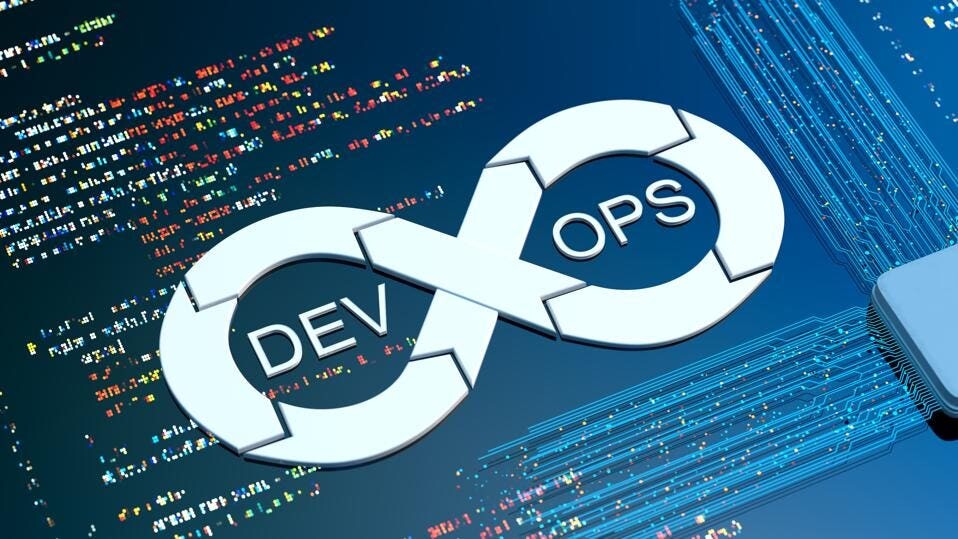A Deep Dive into DevOps: Streamlining Software Development and Deployment

In the fast-paced world of software development, traditional approaches to creating and deploying applications often prove to be inefficient and prone to bottlenecks. This is where DevOps comes into play—a revolutionary methodology that aims to bridge the gap between development and operations teams to streamline the entire software development lifecycle. DevOps is not just a set of practices; it’s a cultural shift that promotes collaboration, automation, and continuous improvement.
DevOps fundamentally redefines how development and operations teams work together. Historically, these teams operated in silos, which led to communication gaps, delays, and misunderstandings. DevOps breaks down these barriers by fostering a culture of collaboration. Developers and operations engineers now collaborate from the early stages of development to ensure that the code is designed with deployment and maintenance in mind. This integration results in faster development cycles, quicker problem resolution, and overall higher software quality.
Automation is at the heart of DevOps. By automating repetitive tasks like code deployment, testing, and infrastructure provisioning, developers can focus on creating value instead of getting bogged down by manual processes. Continuous Integration (CI) and Continuous Deployment (CD) pipelines are core components of DevOps, ensuring that code changes are tested and deployed automatically, reducing the risk of human error and accelerating the release cycle.
DevOps also encourages a mindset of continuous improvement. Through constant monitoring and feedback, teams can identify performance bottlenecks, security vulnerabilities, and other issues early on. This enables them to address these concerns promptly, enhancing the software’s reliability and security. Moreover, DevOps practices like “post-mortems” help teams learn from failures, fostering a culture of resilience and adaptation.
While DevOps brings significant benefits to software development, it’s not without its challenges. Cultural resistance can hinder its adoption, as some team members might be hesitant to change established workflows. Security concerns can also arise due to the rapid pace of development and deployment. It’s crucial to incorporate security measures into the DevOps pipeline to ensure that vulnerabilities are addressed proactively.
In conclusion, DevOps is a game-changer in the software development landscape. It transforms how teams collaborate, automates repetitive tasks, and emphasizes continuous improvement. By fostering a culture of collaboration, automation, and learning, DevOps enables organizations to deliver software faster, more reliably, and with higher quality.

